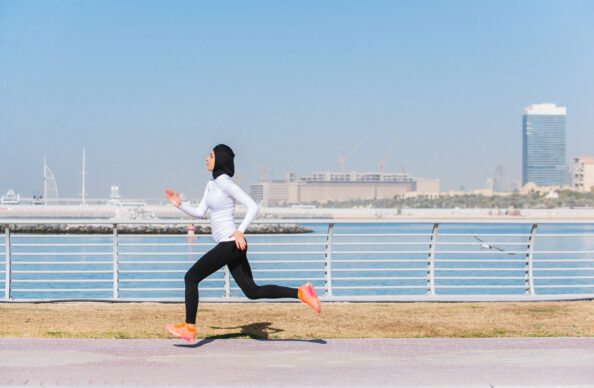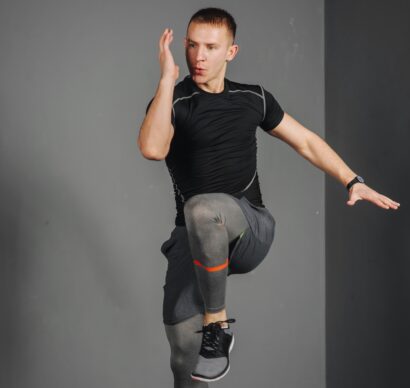by Devin Blessing, DPT, OCS
This is the second blog of a two-part series on shoe selection for runners. If you haven’t read the first one, check it out here: Am I Wearing the Right Shoe? pt. 1. This blog will explore a few key components of the shoe that can be considered when making a shoe selection.
When it comes to running shoes, it’s all about understanding what works for you. There are very few shoes that should be categorized as a “good shoe” or “bad shoe,” but there may be shoes that don’t work for certain individuals and work better for others. As I mentioned in Part 1 of this running shoe series, the best way to determine if a shoe is right for you is asking yourself the question: “Does this feel comfortable on my foot?” Once that has been determined, there are a few parts of a shoe that should be considered based on current or previous injury history.

Stack Height and Heel to Toe Drop
Let’s first explore the Stack Height and Heel to Toe Drop. The stack height is simply the amount of cushioning (measured in millimeters) between your foot and the ground. Some runners prefer a higher stack height than others. Many master runners are gravitating towards shoes with a higher stack height to lessen the impact of pounding the pavement for years. The heel to toe drop is the difference in stack height between the heel and forefoot. If you have stiff ankles, a tight calf or achilles, or plantar fascia pain, you may benefit from a shoe with a higher heel to toe drop. Since shoes with different stack heights and heel to toe drops expose your body to different types of forces, it’s beneficial to wear a few different shoes during your week that vary in their stack height and heel to toe drop to minimize the repetitive stress of running.
Toe Box
The Toe Box is another component of the shoe to pay attention to. The toe box is the front of the shoe which holds – you guessed it – your toes. The key here is to make sure the toe box is wide enough to not crowd your toes. There are a few ways to check this. First, you can pull the insole out of the shoe and stand on it. Make sure your 1st and 5th toes don’t hang off the sides of the insole. Next, put the insole back in the shoe and put the shoe on. When you run your fingers on the outside of the toe box, you shouldn’t feel your toes pushing out over the sides of the sole of the shoe. The last test is: How does it feel? You should NOT feel your toes getting squished and should have some space to wiggle your toes inside the toe box.
Heel Counter
The last component we will discuss is the Heel Counter. This is at the rear of the shoe where your heel sits. Heel counters have varying levels of stability. Some are rigid, some are flexible, with everything in between. If you’re having achilles or heel pain, make sure the heel counter is not too rigid and doesn’t apply uncomfortable pressure to your achilles or heel.
Still not sure if your shoe is right for you or is contributing to pain with running? Schedule a session with one of our running specialist physical therapists!




